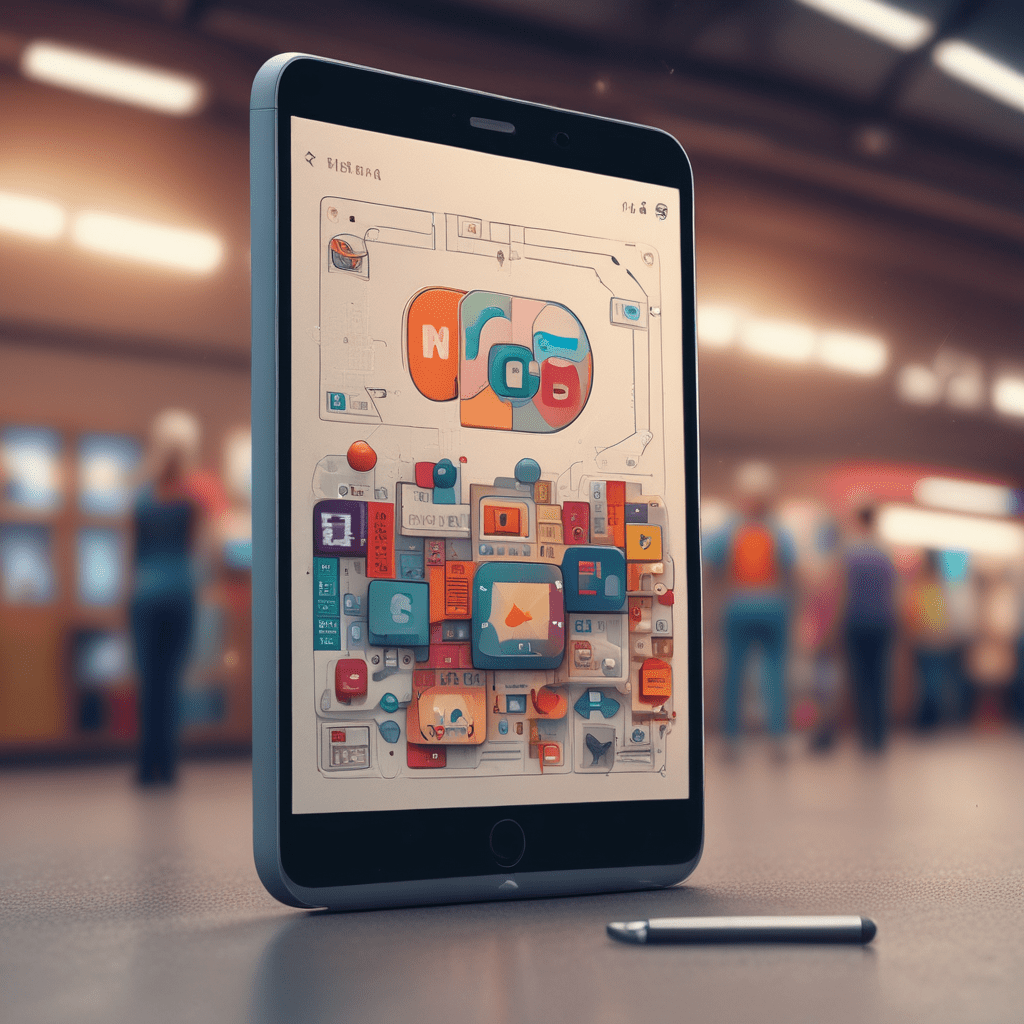What is the Difference Between Technology and Technological Change?
In today’s fast-paced world, technology plays a significant role in shaping our lives. It brings efficiency, convenience, and innovation, making our daily tasks easier and more streamlined. However, it is crucial to understand the difference between technology and technological change. In this article, we will explore the distinctions between these two terms and how they impact our society.
Understanding Technology
Technology refers to the tools, devices, systems, and methods used to solve problems or accomplish tasks more efficiently. It encompasses both tangible and intangible elements that enable the application of scientific knowledge for practical purposes. Examples of technology include smartphones, computers, transportation systems, medical devices, and renewable energy sources.
Technologies can be categorized into several domains, such as information technology, biotechnology, nanotechnology, and many more. These domains represent specialized fields where advancements take place regularly, setting the stage for technological change.
Defining Technological Change
Technological change, on the other hand, refers to the process of innovation, improvement, and advancement in technology over time. It involves the development, introduction, and adoption of new and improved methods, tools, or systems that have the potential to bring significant changes to society, industries, and individuals.
Technological change can be driven by various factors, including scientific discoveries, societal needs, economic demands, and environmental concerns. It often results in the creation of newer and more advanced technologies that replace or enhance existing ones, leading to progress and transformation in various aspects of life.
The Relationship Between Technology and Technological Change
While technology is the collection of tools and methods that we currently have at our disposal, technological change represents the continuous evolution and improvement of these tools and methods. In other words, technology is the present state, while technological change focuses on the future state.
Technological change is spurred by advancements in science, engineering, and research. It involves the development and application of new knowledge and ideas to create improved technologies that can solve existing challenges more effectively.
It is important to note that technological change is not a linear process. It is a complex and iterative cycle that involves experimentation, testing, feedback, and refinement. As new technologies emerge, they find their way into various industries and domains, driving further innovation and progress.
Impact of Technological Change
Technological change has a profound impact on various aspects of our society and daily lives. Here are a few key areas where it has significant influence:
1. Economic Growth and Productivity
Technological change drives economic growth by improving productivity, efficiency, and competitiveness. New technologies allow businesses to streamline processes, automate tasks, and create innovative products or services, resulting in increased output and profitability.
2. Job Creation and Transformation
While technological change often leads to the automation of certain tasks, it also creates new job opportunities. As industries evolve due to technological advancements, new roles and skillsets emerge, requiring workers to adapt and acquire new knowledge and capabilities.
3. Communication and Connectivity
Technological change has revolutionized the way we communicate and connect with others. The development of the internet, social media, and mobile technologies has transformed how we share information, collaborate, and build relationships, breaking down barriers of time and distance.
4. Healthcare and Medicine
Advancements in medical technologies have significantly improved patient care, diagnosis, treatment, and prevention of diseases. From genome sequencing to robotic surgeries and telemedicine, technological change has revolutionized the healthcare industry, saving lives and enhancing the well-being of individuals.
5. Environmental Sustainability
Technological change plays a critical role in addressing environmental challenges and promoting sustainability. Renewable energy technologies, eco-friendly materials, and efficient transportation systems are just a few examples of how technology can contribute to reducing the harmful impacts on the environment and mitigating climate change.
Frequently Asked Questions (FAQs)
Q1: Is technology limited to digital devices and electronics?
A1: No, technology encompasses a wide range of tools, devices, and methods across various domains, including but not limited to digital devices. It also includes advancements in fields like biotechnology, transportation, energy, and more.
Q2: Can technological change occur without the development of new technologies?
A2: While technological change often involves the introduction of new technologies, it can also occur through the improvement and optimization of existing technologies. Incremental changes and refinements can lead to significant advancements without the need for wholly new inventions.
Q3: How can individuals adapt to technological change?
A3: To adapt to technological change, individuals can stay informed about emerging technologies, acquire new skills and knowledge, embrace continuous learning, and remain open to change. It is crucial to be adaptable and agile in today’s rapidly evolving technological landscape.
Q4: How does technological change affect privacy and security?
A4: Technological change introduces new possibilities but also new risks. As technologies become more interconnected and data-driven, protecting privacy and ensuring security become critical challenges. With every advancement, measures must be taken to safeguard personal information and prevent unauthorized access or misuse.
Q5: Can technological change be controlled or regulated?
A5: Technological change is influenced by various factors, including market forces, government policies, and societal needs. While some aspects can be regulated or guided, complete control over technological change is not feasible, as innovation often thrives in an environment of freedom and experimentation.
Q6: How does technological change impact education?
A6: Technological change has transformed the education sector, providing opportunities for remote learning, personalized instruction, and access to vast amounts of information. It has also introduced new challenges, such as ensuring equal access to technology and promoting digital literacy among students and teachers.
In conclusion, technology refers to the tools and methods we currently use, while technological change represents the continuous innovation and advancement in these tools and methods. Technological change has far-reaching implications, impacting various aspects of our society and daily lives. By understanding these concepts, we can better navigate the ever-evolving technological landscape and harness its potential for positive change.



